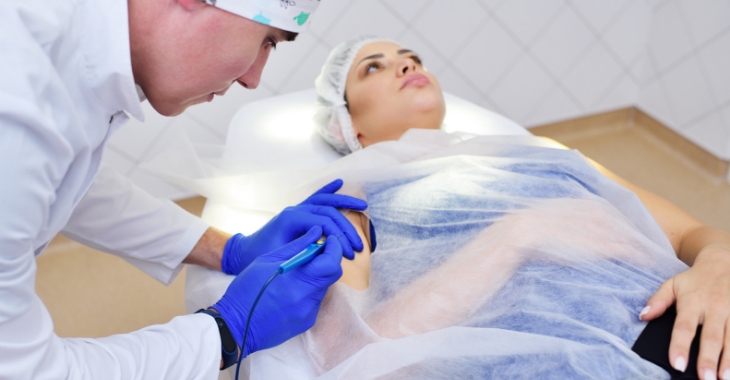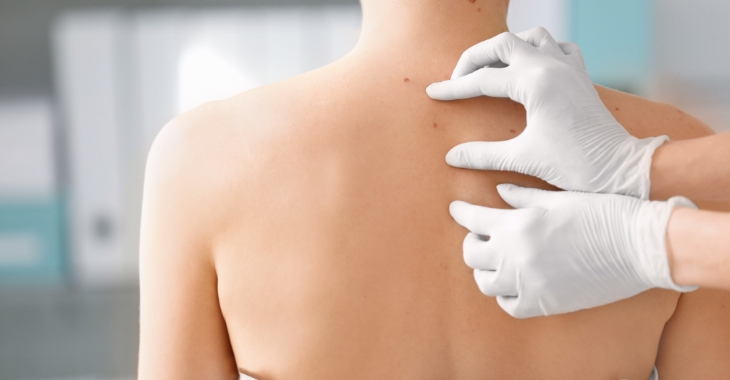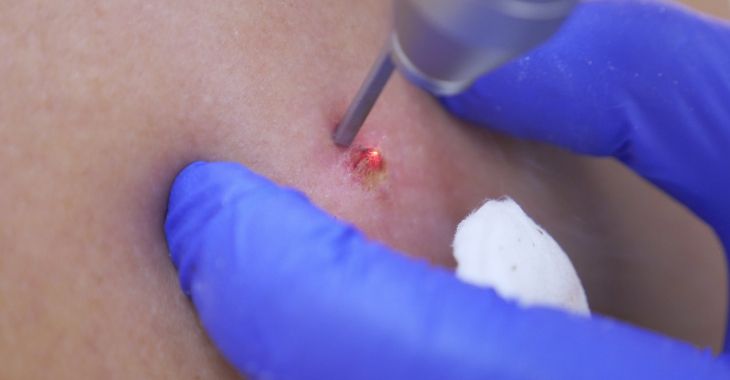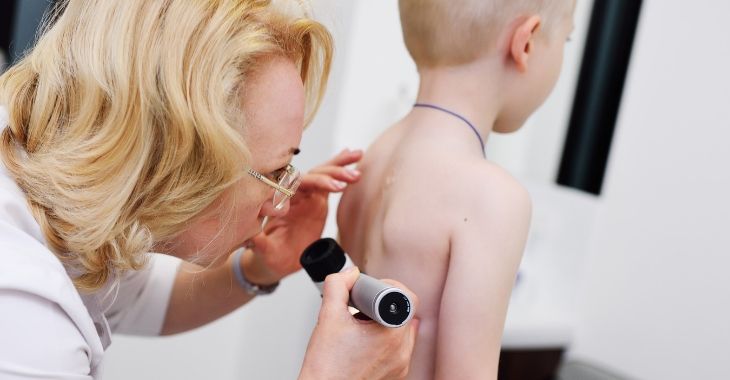What is Osler-Weber-Rendu Syndrome?

Vascular malformations and bleeding issues can be symptoms of a genetic blood vessel disorder called Osler-Weber-Rendu syndrome or OWR. This disease is also called hereditary hemorrhagic telangiectasia or HHT. This disease can pose a risk of internal bleeding and may need treatment to be controlled. Knowing the symptoms of OWR and risks can help those with this disease get the treatment they need.
OWR is characterized by arteriovenous malformations (AVM) that can cause veins to rupture, causing excessive bleeding. It is not a clotting disorder or a problem with the blood but a malformation of the blood vessels and capillaries. Some blood vessels can be formed without capillaries to reduce the pressure before the blood enters the veins. This excess pressure can cause a rupture, which can be deadly if it causes an internal hemorrhage.
Symptoms of OWR
OWR is a genetic condition that affects roughly 1 in 5,000 people. Symptoms of OWR do not usually begin to occur until the person is in their teens or adult years. Some people with OWR may have port wine stain birthmark that may be the first sign of this genetic disorder. Symptoms include:
- Nosebleeds, usually the first symptom starting in the teens
- Telangiectasias, small red marks on the skin, lips or eyes
- Bloody stools
- Shortness of breath or coughing blood
- Fatigue
Since OWR is genetic, it is likely that one or more parents have the disease. Testing can be performed to diagnosis OWR in children or teens. For treatment, those with OWR may be referred to a vascular birthmark and other specialists. Certain medications and procedures can be used to reduce bleeding risks to control this disease.
Posted on behalf of:
The Vascular Birthmark Center Los Angeles
435 N. Bedford Drive, Suite 203
Beverly Hills, CA 90210
(610)301-4522
The information provided on this website, including text, graphics, images, and other materials, is intended solely for informational purposes and should not be used as a substitute for professional medical advice, diagnosis, or treatment.



)